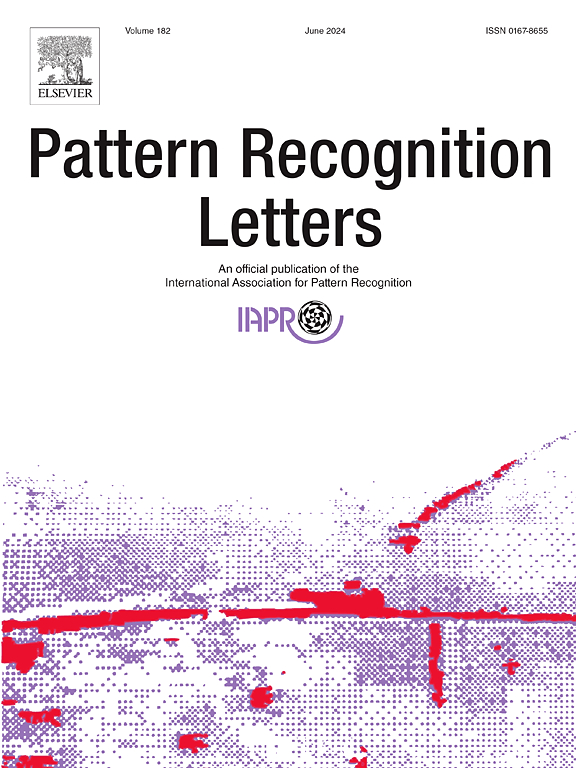Explainable hypergraphs for gait based Parkinson classification
IF 3.9
3区 计算机科学
Q2 COMPUTER SCIENCE, ARTIFICIAL INTELLIGENCE
引用次数: 0
Abstract
Parkinson Disease (PD) classification using Vertical Ground Reaction Force (VGRF) sensors can help in unobtrusive detection and monitoring of PD patients. State-of-the-art (SOTA) research in PD classification reveals that Deep Learning (DL), at the expense of explainability, performs better than Shallow Learning (SL). In this paper, we introduce a novel explainable weighted hypergraph, where the interconnections of the SOTA features are exploited, leading to more discriminative derived features, and thereby, forming an SL arm. In parallel, we create a DL arm consisting of ResNet architecture to learn the spatio-temporal patterns of the VGRF signals. Probabilities of PD classification scores from the SL and the DL arms are adaptively fused to create a hybrid pipeline. The pipeline achieves an AUC value of 0.979 on the Physionet Parkinson Dataset. This AUC value is found to be superior to the SL as well as the DL arm used in isolation, yielding respective AUCs of 0.878 and 0.852. The proposed pipeline demonstrates explainability through improved permutation feature importance and contrasting examples of use cases, where incorrect misclassification of the DL arm gets rectified by the SL arm and vice versa. We further demonstrate that our solution achieves comparable performance with SOTA methods. To the best of our knowledge, this is the first approach to analyze PD classification with a hypergraph based xAI (Explainable Artificial Intelligence).
基于帕金森病步态分类的可解释超图
使用垂直地面反作用力(VGRF)传感器对帕金森病(PD)进行分类有助于对帕金森病患者进行非侵入式检测和监测。帕金森病分类的最新研究表明,深度学习(DL)以牺牲可解释性为代价,比浅层学习(SL)表现更好。在本文中,我们引入了一种新颖的可解释加权超图,利用 SOTA 特征之间的相互联系,得出更具区分性的衍生特征,从而形成 SL 臂。同时,我们创建了一个由 ResNet 架构组成的 DL 臂,以学习 VGRF 信号的时空模式。来自 SL 和 DL 臂的 PD 分类得分概率被自适应地融合在一起,以创建一个混合管道。该管道在 Physionet 帕金森数据集上的 AUC 值为 0.979。该AUC值优于单独使用的SL和DL臂,前者的AUC值分别为0.878和0.852。所提出的管道通过改进的置换特征重要性和使用案例的对比实例证明了其可解释性,在这些案例中,DL臂的错误分类会被SL臂纠正,反之亦然。我们进一步证明,我们的解决方案与 SOTA 方法的性能相当。据我们所知,这是第一种利用基于超图的 xAI(可解释人工智能)分析 PD 分类的方法。
本文章由计算机程序翻译,如有差异,请以英文原文为准。
求助全文
约1分钟内获得全文
求助全文
来源期刊

Pattern Recognition Letters
工程技术-计算机:人工智能
CiteScore
12.40
自引率
5.90%
发文量
287
审稿时长
9.1 months
期刊介绍:
Pattern Recognition Letters aims at rapid publication of concise articles of a broad interest in pattern recognition.
Subject areas include all the current fields of interest represented by the Technical Committees of the International Association of Pattern Recognition, and other developing themes involving learning and recognition.
 求助内容:
求助内容: 应助结果提醒方式:
应助结果提醒方式:


